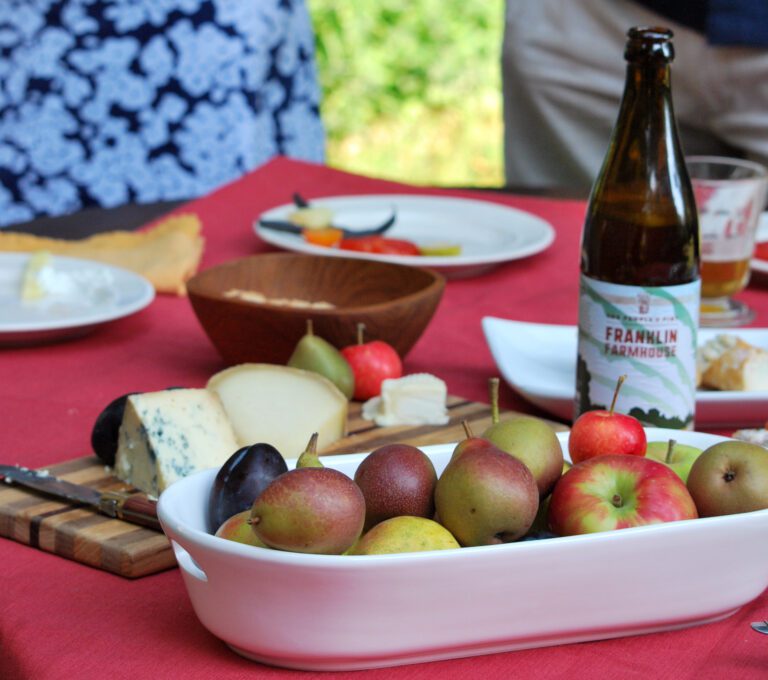
At first glance, our food tours are just an opportunity to eat good local food, learn about the Valley and spend an afternoon together. But visitors often take home some lasting impressions about food sources. For example within the first few minute of a tour, I notice our guests’ surprise when they bite into a juicy peach, an heirloom apple or a freshly dug carrot.
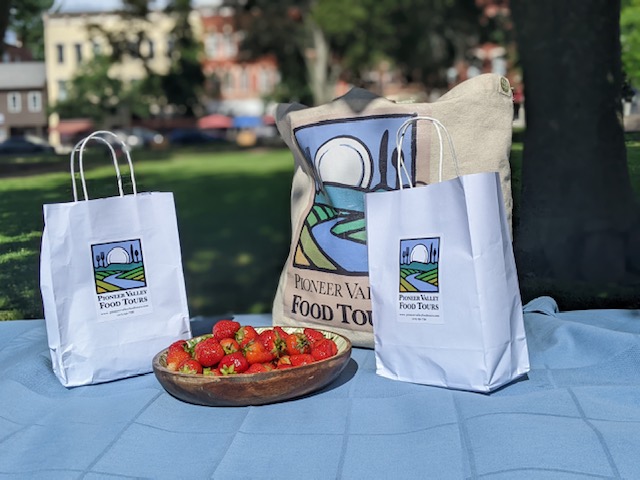
It’s as if they’ve never tasted that particular food before, in reality it’s that they have not tasted it picked ripe and grown just a few miles away. The difference is notable, most of our food in the U.S. travels an average of 1500 miles from farm to plate (foodwise.org). Whether you are talking about fresh tomatoes or all-purpose flour there is a difference in its flavor, its nutritional value, and significantly in its impact on the environment.
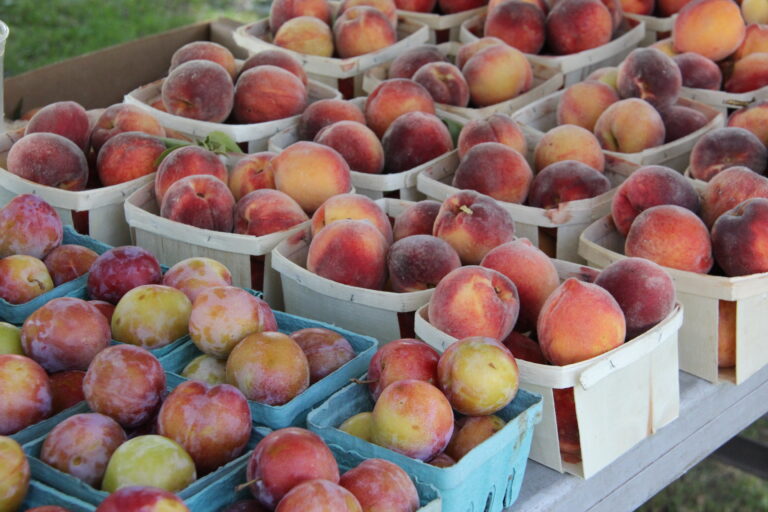
Our food supply chain in Western Mass is often very short: direct from farm to restaurant, grocer or to the public. Much of the U.S by contrast has a very long food supply chain, with deleterious consequences. Foremost the quality of the food suffers: fresh produce cannot be picked ripe for long distance transport. It is most often unripe and inedible, lacking the aroma, flavor and texture it should have. Many products are packed full of preservatives and still more are processed with extra salt and additives to guarantee a long shelf life.
All of these degrade the flavor, quality and nutrition of a fresh product. Not to mention the further that food travels, the greater its impact on climate change via fossil fuel transportation and warehouse storage. There is often 1-2 weeks of transportation and storage of “fresh” produce before it arrives at a grocery store near you.
Longer food supply chains also result in more food waste since there is greater potential for damage and spoilage with a disruption at any step. The U.S. leads the world in food waste with 30-40% of our food supply being discarded. Consider the impact of food waste: it’s a lost opportunity to feed people, a waste of all the resources (land, water, energy) used in its production, it drives up the cost of food and it most often ends up in landfills. In any farm or food business, minimizing waste is a rule of thumb. Long supply chains ignore the significant waste created in order to make a large profit at a huge cost to our environment. When the entire process of food from creation to waste is considered, it’s estimated that food waste contributes at least 40% of total U.S. greenhouse gas emissions (MASSPIRG). Locally sourced food is better for our health and for the health of the planet.

Many people return home from our food tours thinking about where their food is from and how it’s grown. Some are determined to include more fresh local food in their diet, others may start to look for small artisanal food producers. In either case, their experience leads them to consider their own food choices with a new perspective.
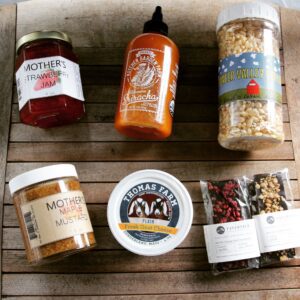
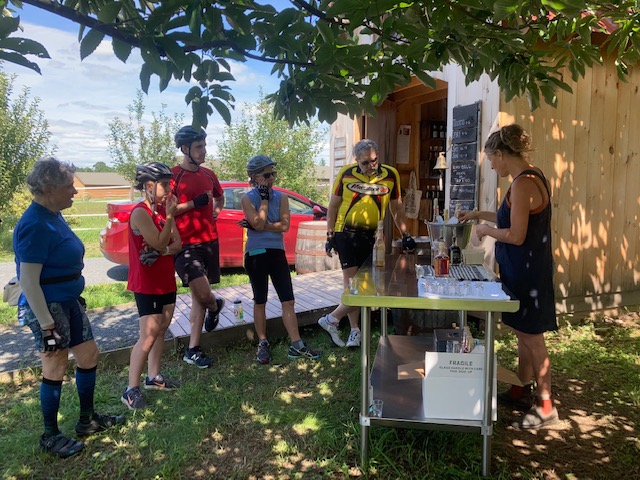
This has powerful downstream effects for small producers, who depend on local customers more than large corporate chains do. Each person who takes an extra step to find local food is sustaining local producers: farmers, bakers, butchers, cheesemakers, and a wide variety of food and beverage makers. These relationships are the heart of a local food community.
We like to highlight the interconnectedness of the Valley’s food supply chain on our bicycle farm tours. The tours travel along beautiful cycling routes to visit the sources of our food. We meet the producers, learn about their craft and about the collaboration within our local food community. It’s an opportunity for our guests to be part of the relationships in our food ecosystem during their visit, and it’s something they can look to recreate when they return home.
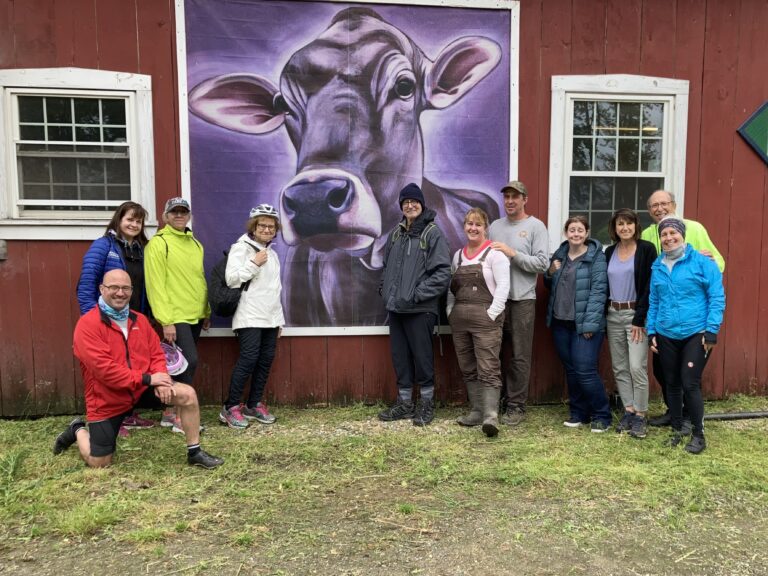
In the finest restaurants, chefs have a personal relationship with their suppliers; their reputation and that of the restaurant depend on it. These relationships can exist in any food community, we just have to build them.
Copyright © 2024, Pioneer Valley Food Tours. All rights served.